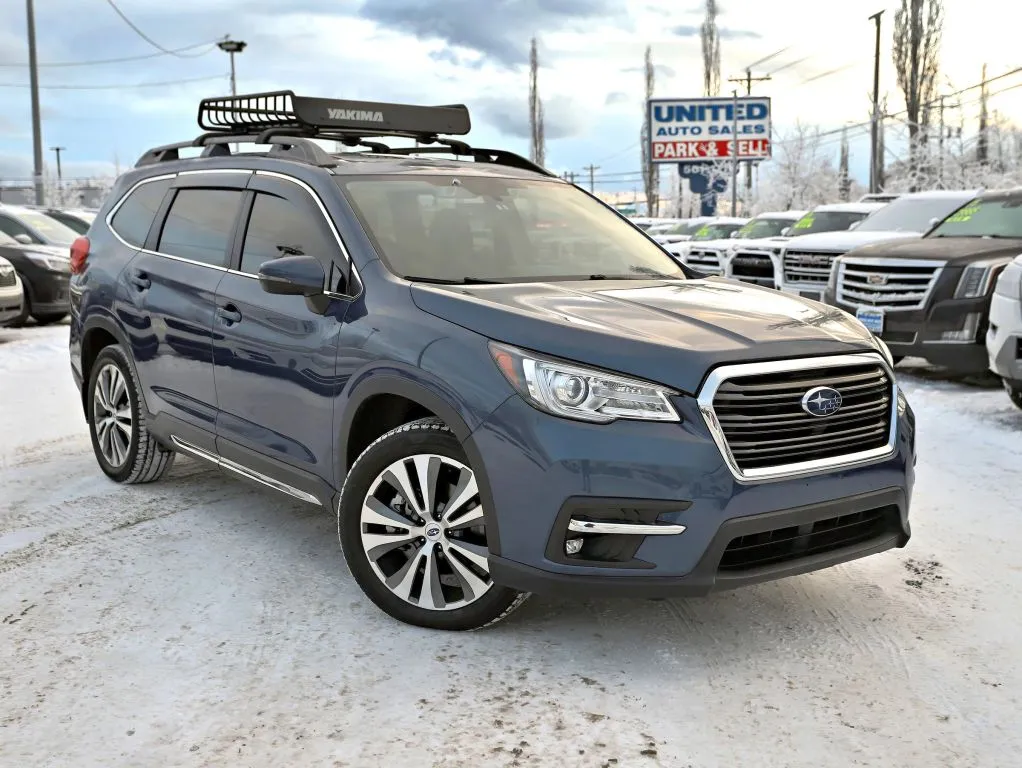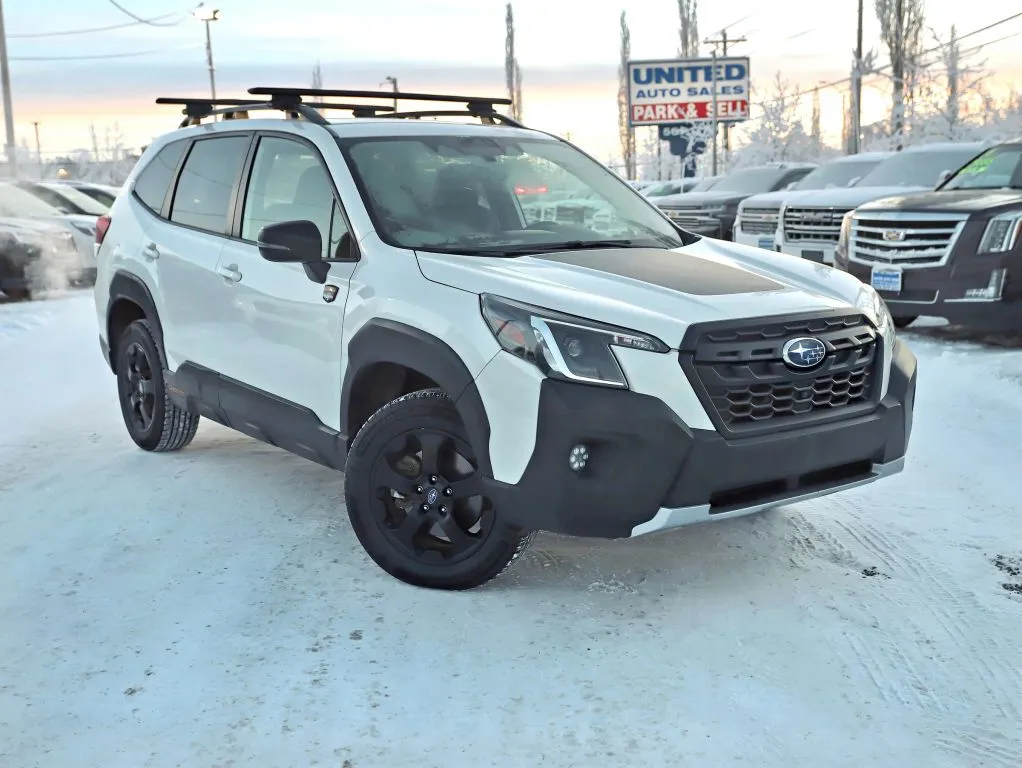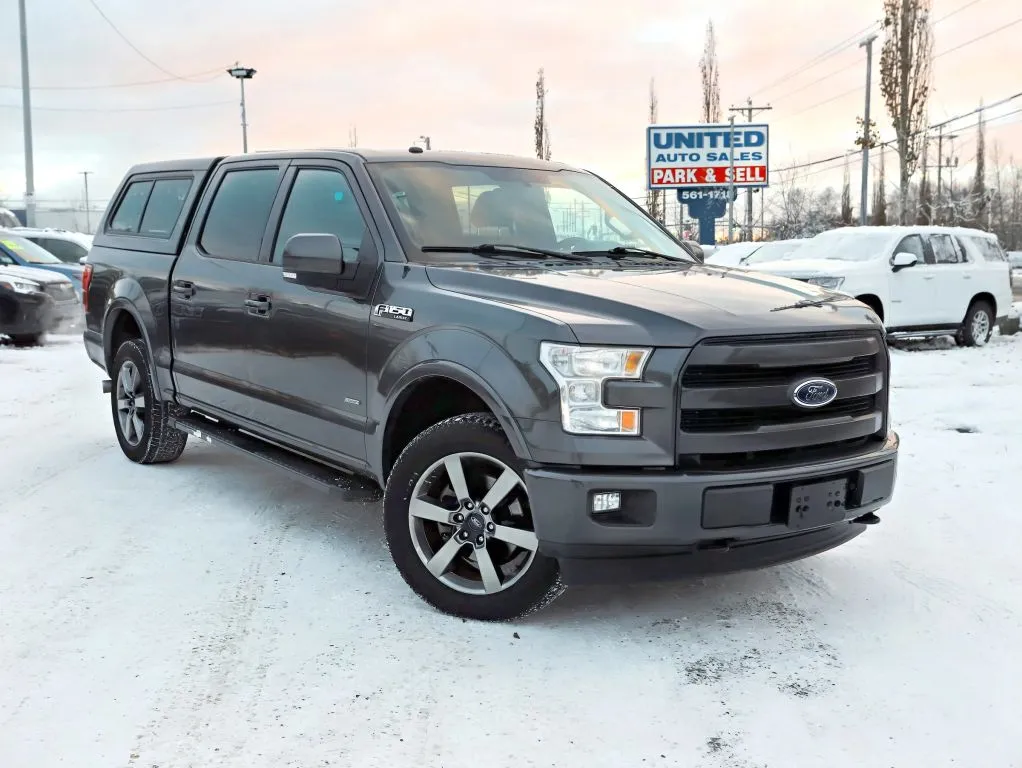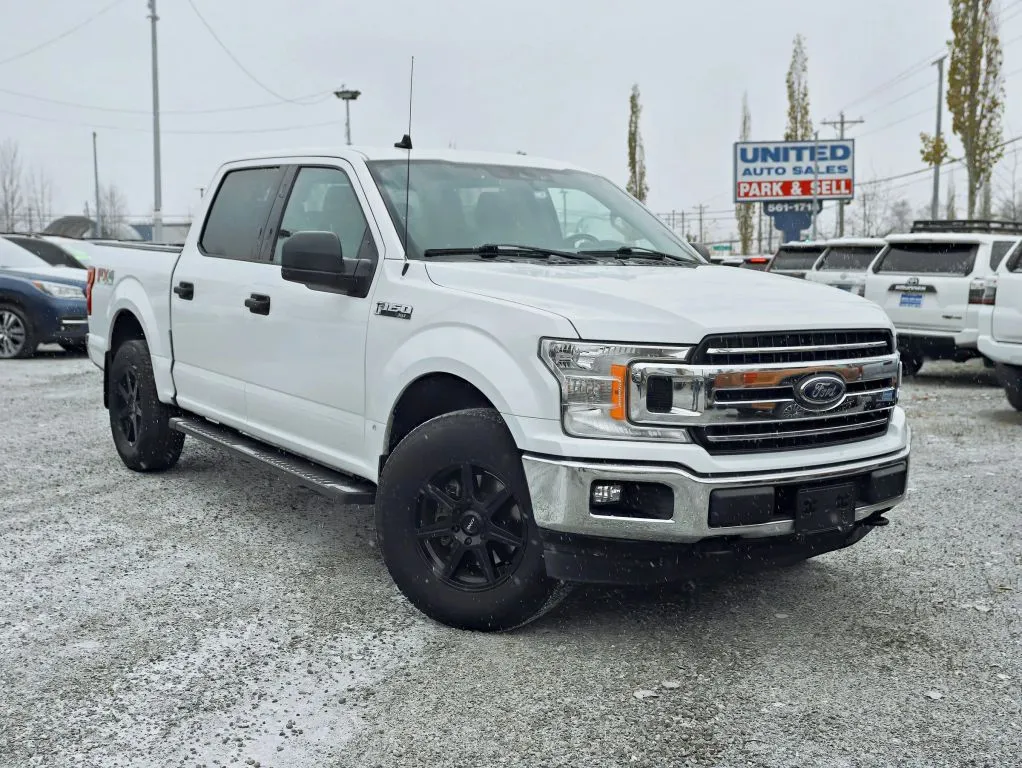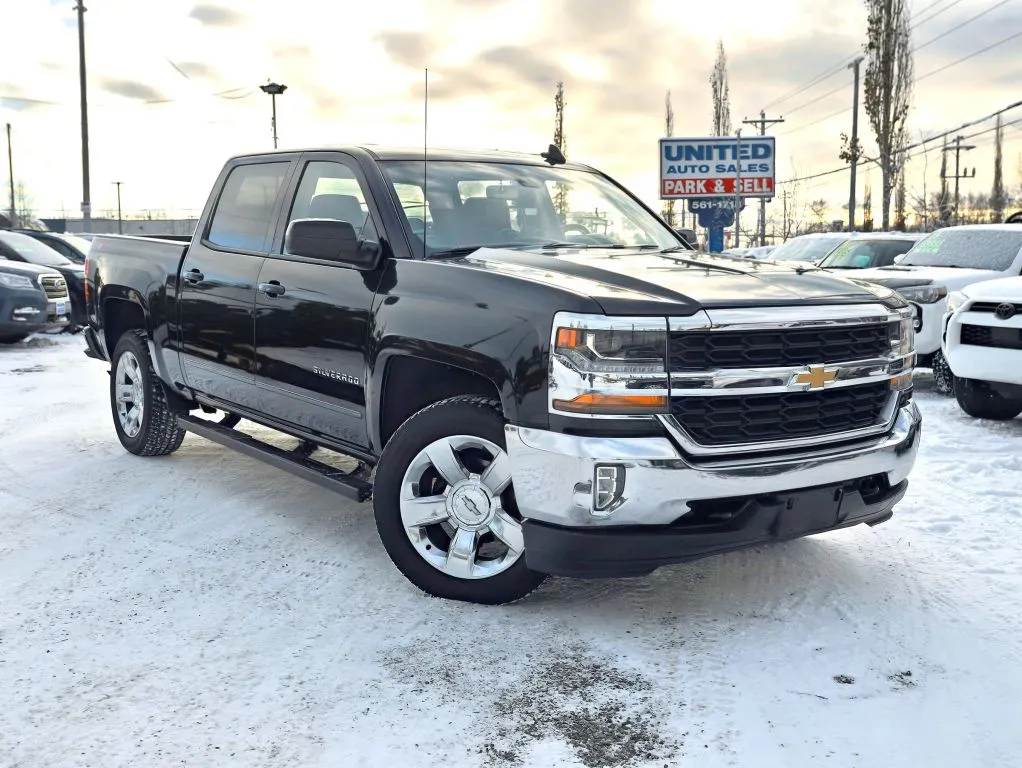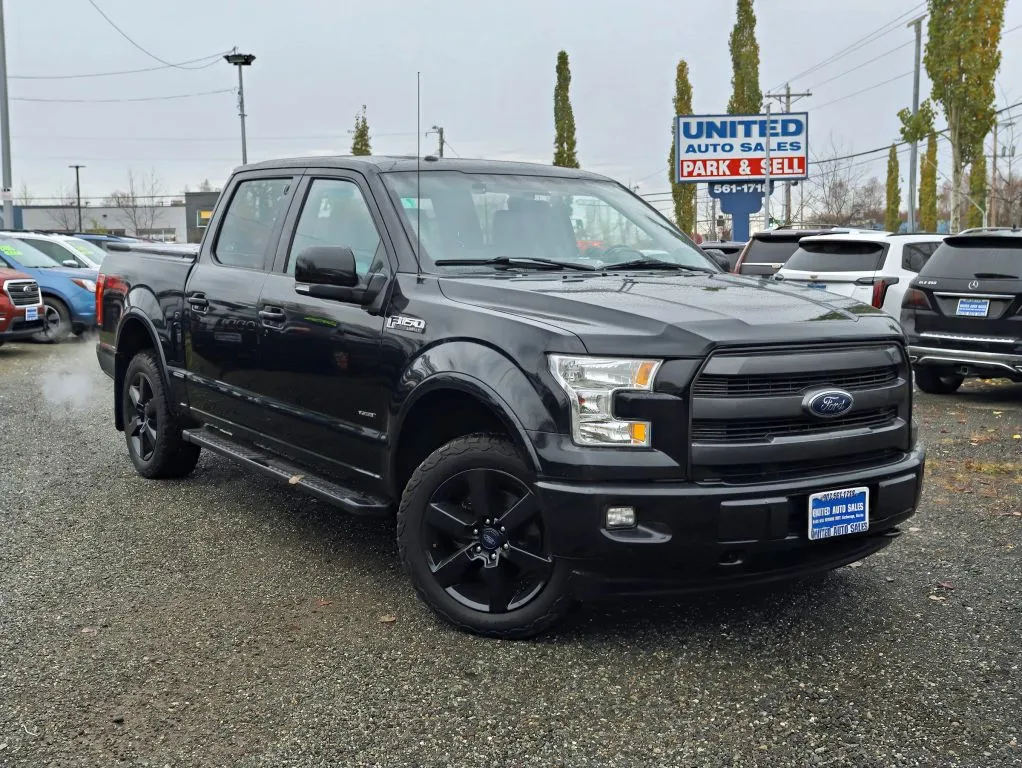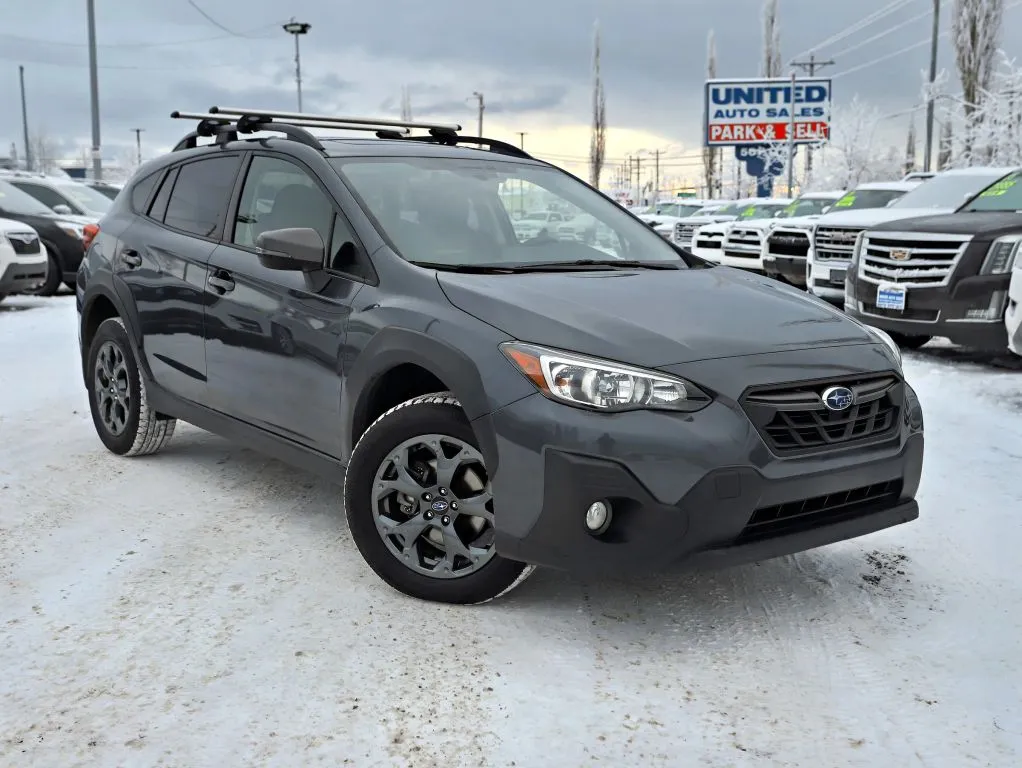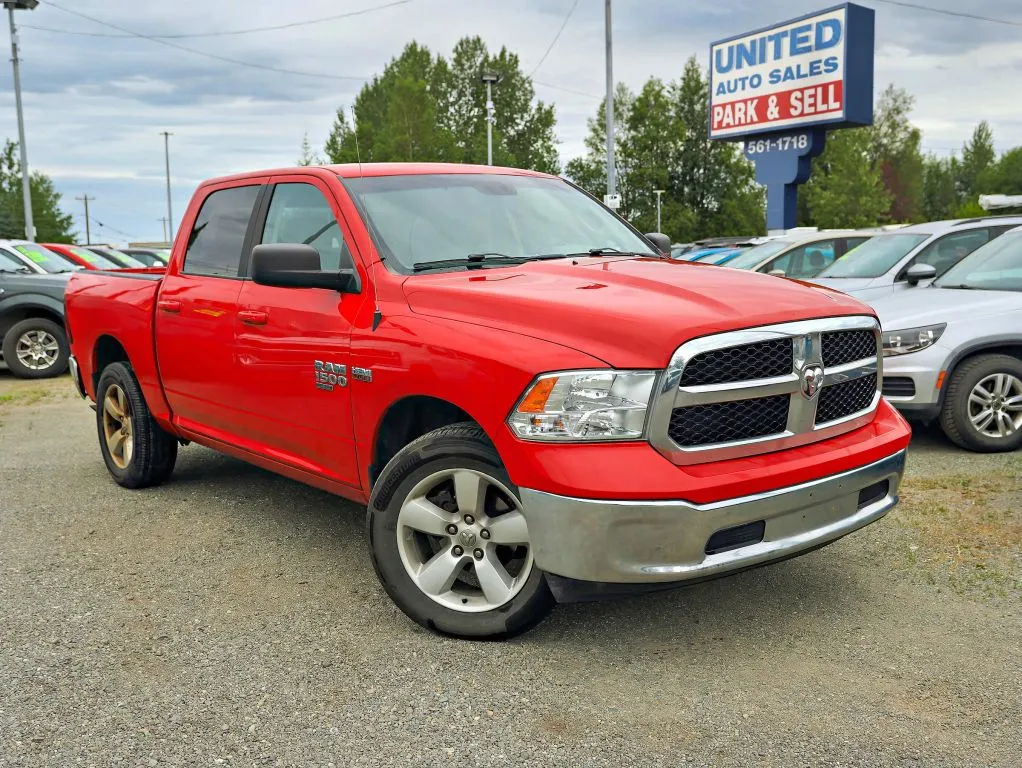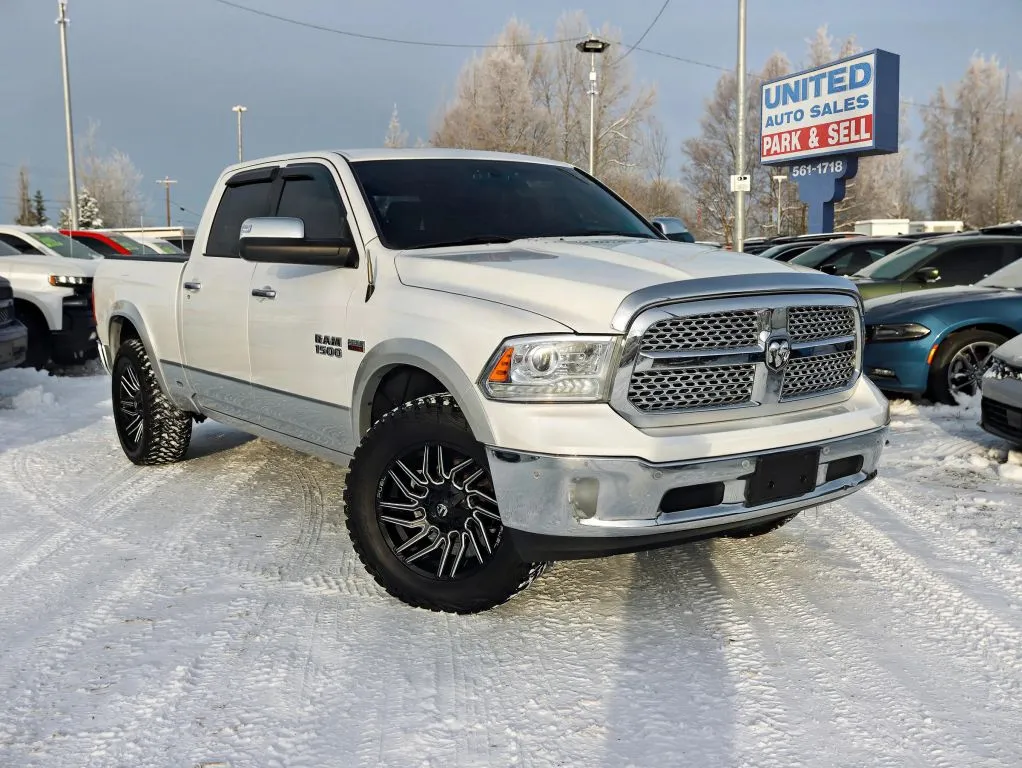11 Tips For Test Driving A Used Car
Table of Contents

Top Tips for Test Driving a Used Car
Buying a used car can be a great way to save money and get a reliable vehicle, but it’s important to take the time to test drive the car before you make a purchase. Test driving a used car can help you identify any potential issues with the vehicle and give you a feel for how it handles on the road. In this blog, we’ll share our top tips for test driving a used car to help you make an informed decision.
Tip 1: Schedule the Test Drive During the Day
It’s important to schedule your test drive during the day when there is plenty of natural light. This will allow you to see the condition of the car’s exterior and interior more clearly. You’ll also be able to better assess any scratches, dents, or other imperfections on the car’s body. If you test drive the car at night, you might miss some of these details.
Tip 2: Check the Car’s Documents
Before you take the car for a test drive, ask the seller for the vehicle’s documents, including the registration certificate, insurance documents, and service history. This will help you verify that the car has been properly maintained and is legal to drive. You should also check the car’s title to make sure there are no liens on the vehicle.
Tip 3: Inspect the Car’s Exterior
Before you start the engine, take a few minutes to inspect the car’s exterior. Look for any signs of rust, dents, or scratches. Check the condition of the tires and make sure they have sufficient tread depth. If the car has been in an accident, you may notice that the body panels are not aligned correctly.
Tip 4: Inspect the Car’s Interior
Once you’re inside the car, take a look at the interior. Check the condition of the seats, dashboard, and carpet. Make sure the air conditioning and heating systems are working properly. Test all the buttons and knobs to make sure they’re functioning as they should. Pay attention to any strange smells or noises coming from the car.
Tip 5: Test Drive on Different Road Conditions
When you’re test driving a used car, it’s important to drive on different road conditions, including highways, city streets, and back roads. This will give you a feel for how the car handles in different situations. Pay attention to the car’s acceleration, braking, and steering. If the car pulls to one side or the other, it may need an alignment.
Tip 6: Listen to the Engine
When you start the engine, listen for any unusual noises, such as knocking or rattling. This could be a sign of engine trouble. Take note of how the engine sounds during acceleration and when idling. If the car has a manual transmission, make sure the clutch engages smoothly and that the gears shift easily.
Tip 7: Test the Brakes
The brakes are one of the most important safety features on a car, so it’s essential to test them during your test drive. Find a safe location where you can test the brakes, such as an empty parking lot. Test the brakes at different speeds and see how quickly the car comes to a stop. If the brakes feel spongy or unresponsive, they may need to be repaired or replaced.
Tip 8: Check the Electronics
Modern cars have a lot of electronic features, such as infotainment systems, Bluetooth connectivity, and backup cameras. Make sure you test all of these features during your test drive to ensure they’re working properly. If you notice any issues, bring them to the seller’s attention.
Tip 9: Bring a Friend or Mechanic
Bringing a friend or a mechanic with you during a test drive of a used car can provide an extra set of eyes and ears to help you evaluate the vehicle. A friend can offer you an honest opinion and provide moral support, while a mechanic can give you a professional assessment of the car’s mechanical condition. A mechanic can identify issues that the average person might not notice or understand, such as problems with the engine, transmission, or suspension.
Tip 10: Take Your Time
Don’t rush through the test drive. Take your time to get a feel for the car and make sure you’re comfortable driving it. Ask the seller any questions you may have and take notes on anything that concerns you. If you’re not completely satisfied with the test drive, don’t be afraid to walk away from the deal.
Tip 11: Trust Your Gut
At the end of the day, you have to trust your gut when it comes to buying a used car. If something doesn’t feel right during the test drive, it’s better to be safe than sorry. Remember that buying a used car is a significant investment, so it’s important to take your time and make an informed decision.
Test driving a used car is an essential part of the buying process. It can help you identify any potential issues with the vehicle and give you a feel for how it handles on the road. By following these top tips for test driving a used car, you’ll be better equipped to make an informed decision and find a reliable vehicle that meets your needs.
Remember to schedule the test drive during the day, check the car’s documents, inspect the exterior and interior, test drive on different road conditions, listen to the engine, test the brakes, check the electronics, bring a friend or mechanic, take your time, and trust your gut. By doing so, you’ll be well on your way to finding the perfect used car. Good luck!

